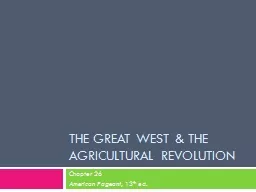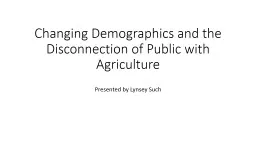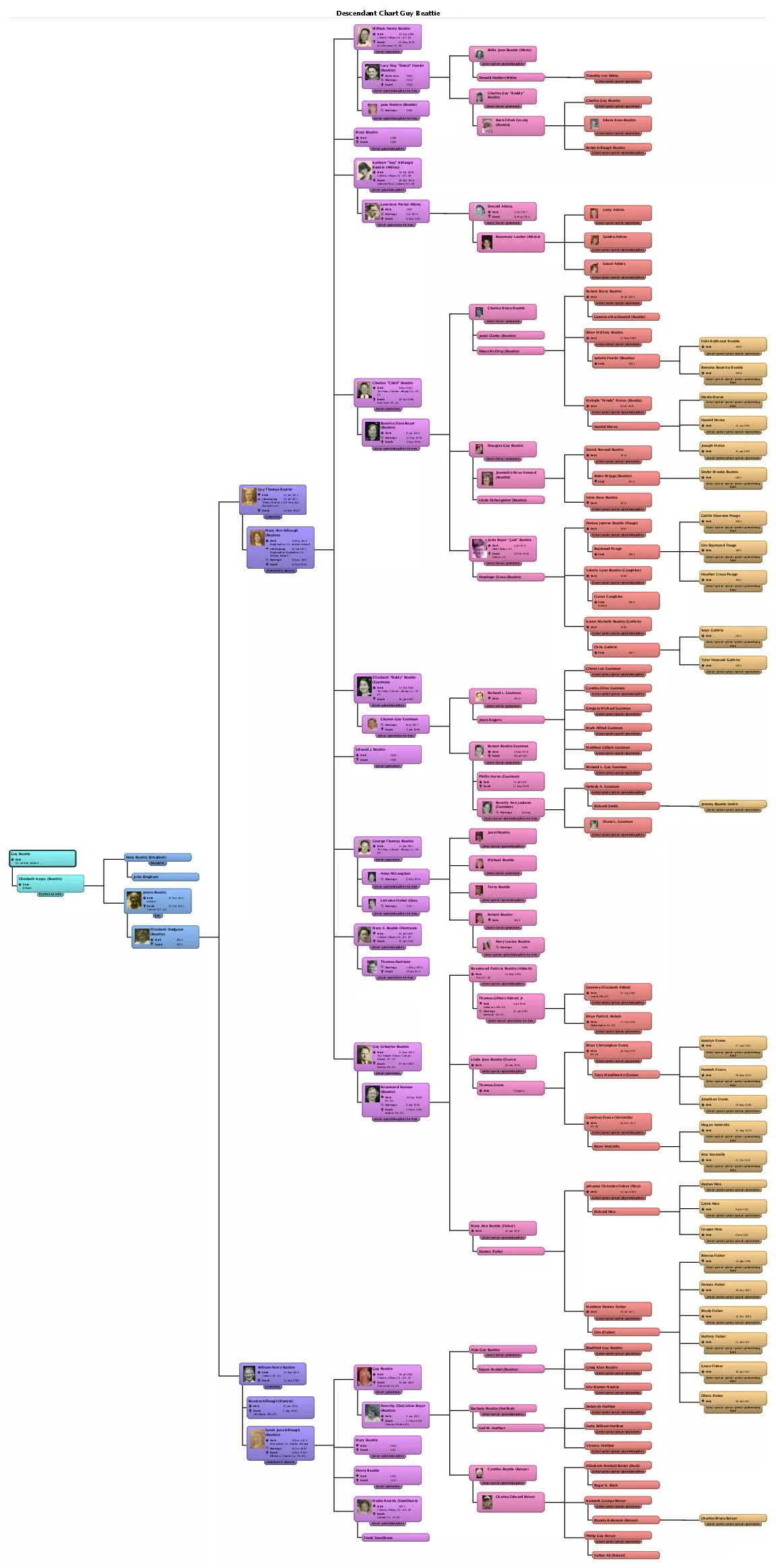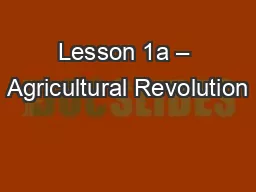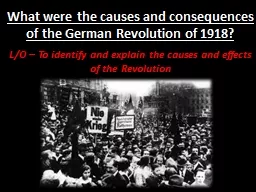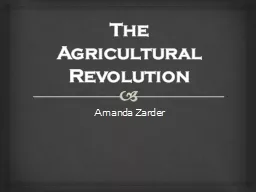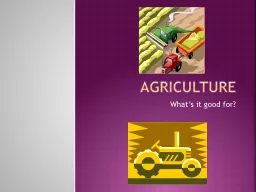PPT-The Great West & the agricultural revolution
Author : briana-ranney | Published Date : 2016-08-10
Chapter 26 American Pageant 13 th ed America moves West Army troops met formidable resistance by Native Americans 20 of US soldiers were African American buffalo
Presentation Embed Code
Download Presentation
Download Presentation The PPT/PDF document "The Great West & the agricultural re..." is the property of its rightful owner. Permission is granted to download and print the materials on this website for personal, non-commercial use only, and to display it on your personal computer provided you do not modify the materials and that you retain all copyright notices contained in the materials. By downloading content from our website, you accept the terms of this agreement.
The Great West & the agricultural revolution: Transcript
Download Rules Of Document
"The Great West & the agricultural revolution"The content belongs to its owner. You may download and print it for personal use, without modification, and keep all copyright notices. By downloading, you agree to these terms.
Related Documents

